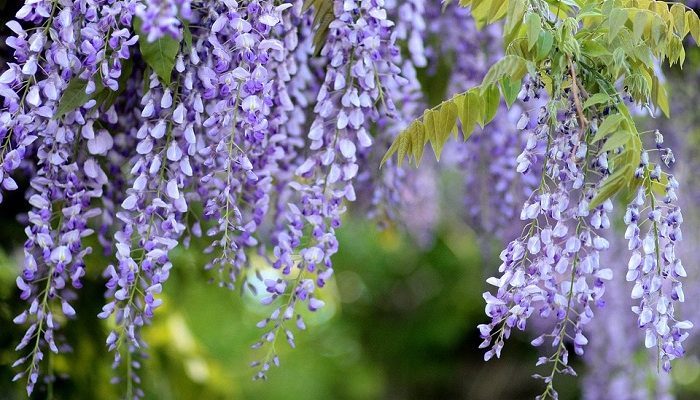
by Elizabeth Andoh | Apr 27, 2023 | Recipes
FUJI (Wisteria floribunda) A species of flowering plant in the pea family, fuji is native to Japan. In culinary matters, graceful wisteria vines inspire a seasonal motif for traditional wagashi confectionery. Fuji is often a symbol of longevity (plants have been...
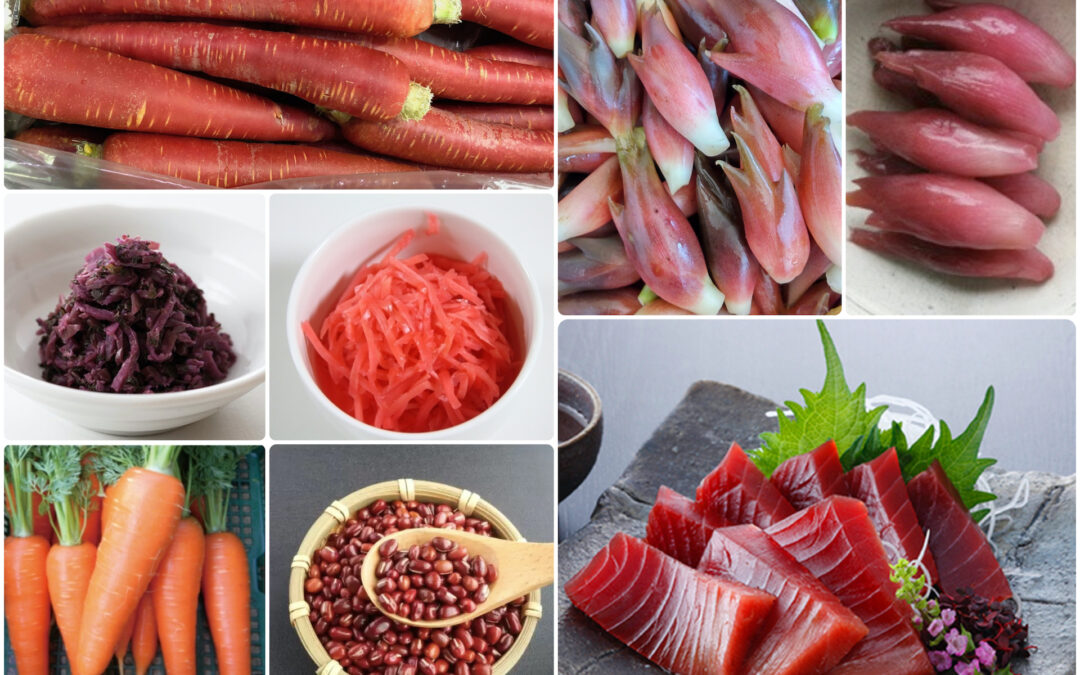
by Elizabeth Andoh | Mar 30, 2023 | Recipes
Foods in a wide range of hues are considered to be “RED” in the Japanese kitchen. To name just a few, there are (orange) carrots, (ruby-red) slices of raw tuna, (maroon) adzuki beans, (purplish) shiba-zuké eggplant pickles, (crimson) beni shōga (red...
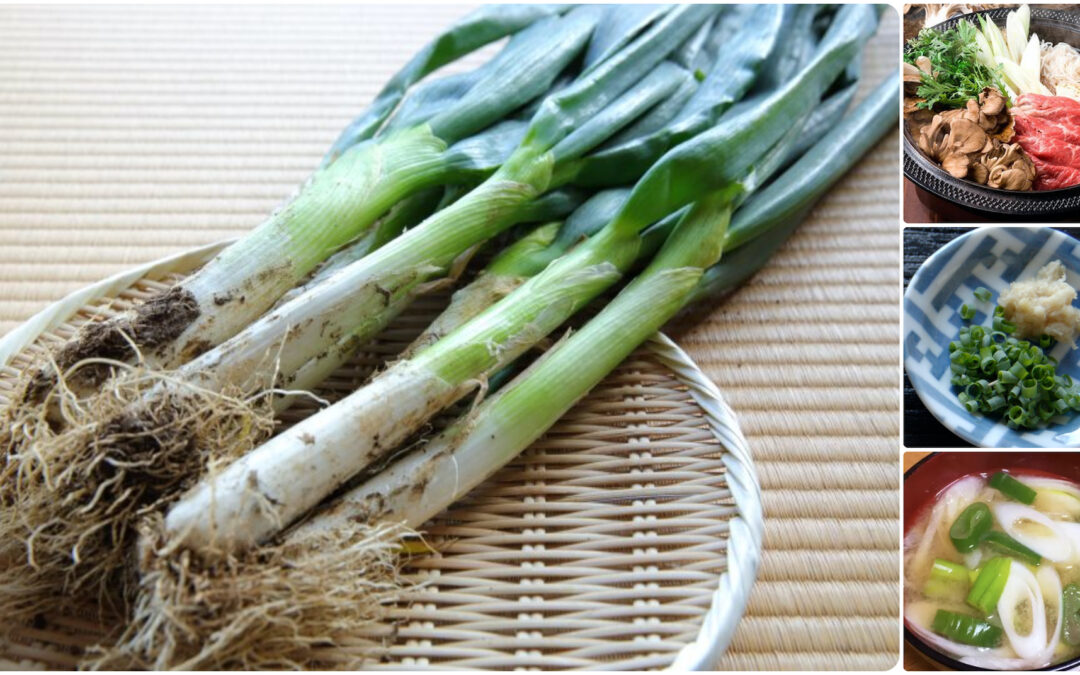
by Elizabeth Andoh | Feb 28, 2023 | Recipes
NAGA “long” NEGI “onions” (Japanese bunching onion; Allium fistulosum) have been enjoyed in Japan since the 8th century. They are indispensible in nabé (hot pot) cookery, as a condiment for noodles and tōfu, and in miso soup. Like other members of the allium family,...
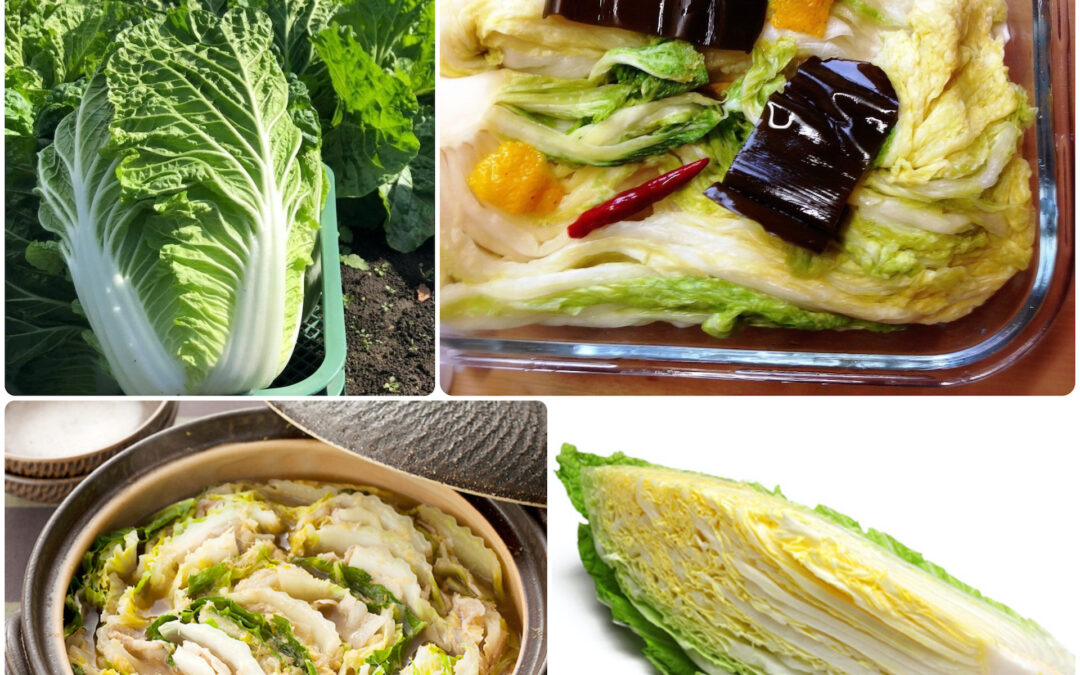
by Elizabeth Andoh | Jan 29, 2023 | Recipes
HAKUSAI・白菜 Because hakusai is such a favorite wintertime vegetable in Japan, I assumed it had a long, deep history in Japan’s cookery. Not really. It seems that the original Brassica oleracea ancestor of hakusai is native to the Mediterranean region of Europe....
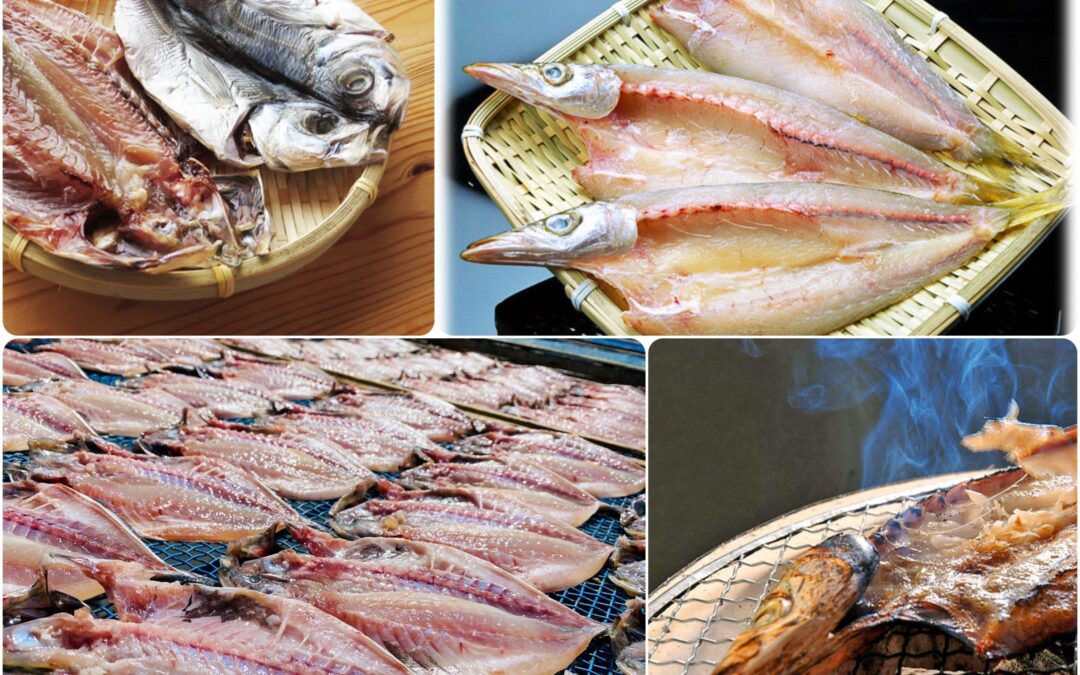
by Elizabeth Andoh | Dec 7, 2022 | Recipes
Ichiya-Boshi: Overnight-Dried FISH In the days before refrigeration, bountiful catches of fish were traditionally gutted, either split down the back or butterflied (belly-split), and dipped in sea water before being set out to dry in well ventilated spaces. This would...
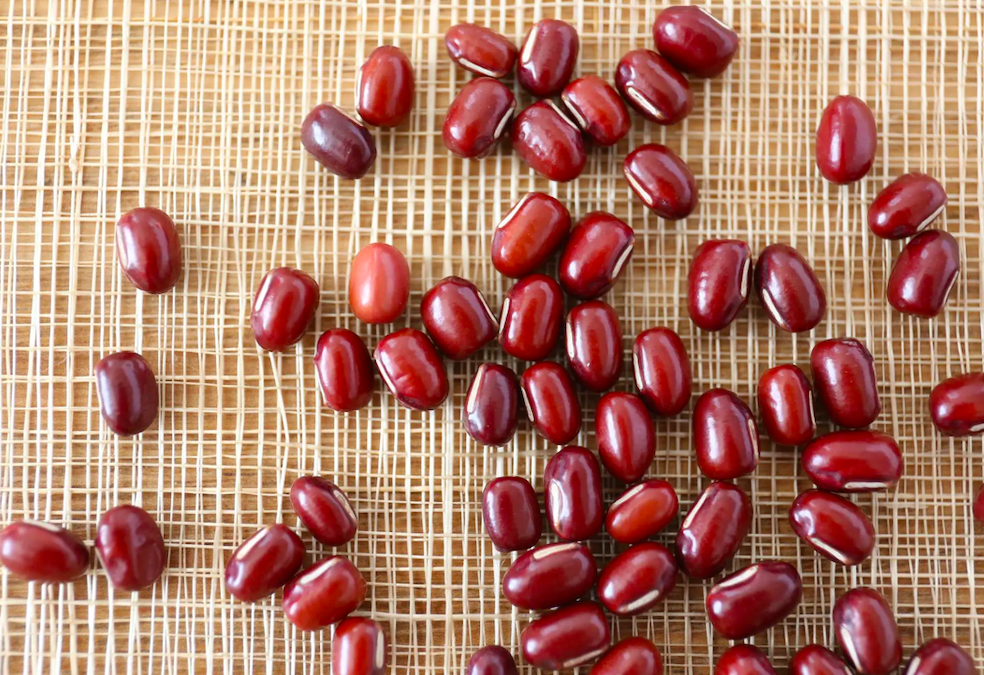
by Elizabeth Andoh | Nov 11, 2022 | Autumn, Recipes
小豆・あずきADZUKI (Vigna angularis) Written with calligraphy for “small” and “bean” these diminutive (about 1/4-inch, less than 1 cm) red beans play an important role in Japanese cookery, appearing in both savory dishes and in sweets. There are...







